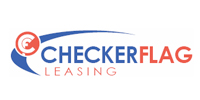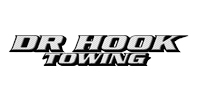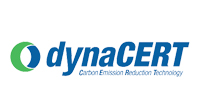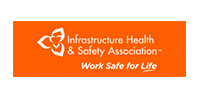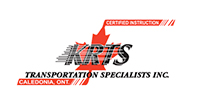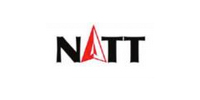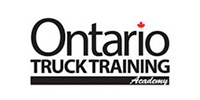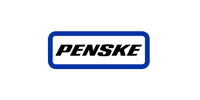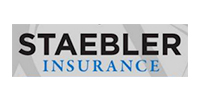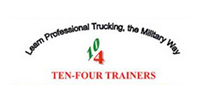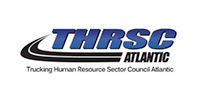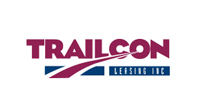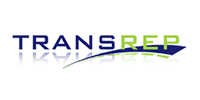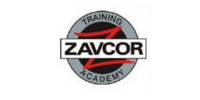Few lawsuits have focused on a truck driver's sleep apnea. That could change.
Trial lawyers have secured multimillion-dollar court settlements by proving that drivers were impaired at the time of a crash. Their submitted evidence regularly includes everything from logbook entries to the results of drug and alcohol tests. In one recent high-profile example in the U.S., Walmart settled a case when one of its drivers reportedly went 24 hours without sleep and hit a van. Comedian James McNair was killed in that crash. Actor Tracy Morgan was seriously injured.
Questions about Obstructive Sleep Apnea (OSA) may be added to the long list of legal tools – especially now that the U.S. is considering a mandatory screening program for truck drivers. The U.S. Federal Motor Carrier Safety Administration (FMCSA) is in the midst of a formal rulemaking process that is exploring the costs and benefits of sleep apnea screening, testing and treatment alike. But no matter what form such a program takes, some trial lawyers have
already found ways to bring up the medical condition in court.
For example, Celadon Trucking settled a $3.25-million U.S. lawsuit after a May 2010 collision that killed a driver who was stopped in a construction zone. During the court case, it was discovered that the other truck driver involved in the crash was fired from his previous job for refusing to have a sleep study performed. In addition to the payout, Celadon agreed to have its policies examined by a sleep expert, and allow his work to be used to lobby for new regulations and practices to prevent crashes involving sleep apnea.
The costs of civil lawsuits also continue to skyrocket. Of course, such rulings are not a given. In the U.S., certain cases involving claims of sleep apnea have been defended as a “sudden and unforeseeable loss” on the basis that no one knew the condition existed. Mandatory screening could, however, limit the use of this defence. Furthermore, in Canada, no such defence has yet been recognized.
Even if a legal defence might otherwise be available, courts are not always willing to take drivers at their word when it comes to medical conditions. For example, in the 2006 U.S. case
Dunlap v. WL Logan Trucking, the defendant truck driver claimed he didn’t know he suffered from sleep apnea before falling unconscious behind the wheel and driving into oncoming traffic. On appeal the court found otherwise, citing evidence that the driver admitted to sleeping an average of three hours per night and on at least one other occasion fell asleep behind the wheel only to wake up after leaving the road.
In certain circumstances, regulators have the right to take away a licence from a driver who has sleep apnea that affects his or her driving abilities. And if sleep apnea is found to cause a collision, there is nothing to stop a trial lawyer from questioning why a fleet failed to test for the condition despite clear warning signs.
Any mandatory U.S. sleep apnea testing program could potentially mirror the approach already taken with drug and alcohol testing. Drivers might be checked for sleep apnea if they are deemed to be at risk or after a collision, and those found to have the condition may be banned from driving until they are treated. Failing to screen drivers despite such requirements could threaten a fleet’s insurance coverage or lead to criminal sanctions.
In the meantime, there are still many legal issues concerning sleep apnea to be resolved. Sleep apnea is tougher to define than other conditions which impair a driver’s ability. Unlike a Blood Alcohol Content and the presence of drugs, the exact connection between apnea and driver fatigue is still being defined. This is why Northbridge Insurance is supporting related research by the Toronto Rehab Foundation.
For now, fleets can begin to demonstrate due diligence before the tests are mandated. Tests are already offered through sleep labs or using at-home screening tools.
The treatments for sleep apnea may also be less intrusive than some people think. Solutions can be as simple as wearing compression stockings or losing weight. Drivers can even be outfitted with a Continuous Positive Airway Pressure (CPAP) machine, keeping airways open while sleeping in the truck’s bunk.
These are some of the steps that a fleet could take to help defend itself during a trial and ultimately place safer drivers on the road.
- By Nora Hillyer, Northbridge Insurance, and Rui Fernandes, Fernandes Hearn LLP Barristers and Solicitors.
*This column is provided for informational purposes only,
does not constitute legal advice or a legal opinion on
any issue, and is not intended as a substitute for legal or
other professional advice by a qualified person or entity.
We make no representations or warranties regarding the
accuracy or completeness of the information contained in
this document. We shall not be responsible in any manner
for any loss, or any direct, indirect, consequential, special,
punitive or other damages, arising out of your, or any other
person’s, use or reliance on the information contained in
this document.
**Northbridge Insurance is a trade name of Northbridge
General Insurance Corporation and Northbridge
Commercial Insurance Corporation.








